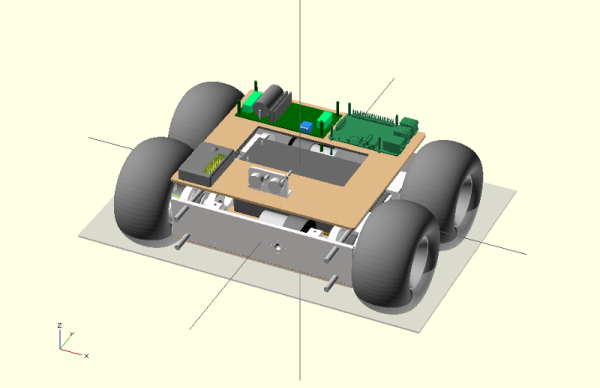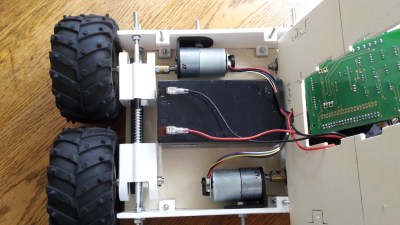For beginners, diode types can sometimes be a bit of mental gymnastics. If all it does is act like a magic pixie check valve, why are there so many kinds? Schottky diodes are typically hard to mentally set apart from the standard when described by a data sheet. Zener diodes can be downright baffling for beginners, especially when mistakenly thrown in a circuit in place of a regular 1N4001. [Afrotechmods] put together a great video explaining their difference and use cases.
In both videos he does an excellent job of describing the pros and cons while setting up experiments to exhibit each. For the Schottky it’s the faster switching and lower voltage drop. For Zener it’s less about the cons and more about exploiting its strange configuration for voltage clamps, regulators, and making expensive guitars sound bad with audio distortion circuits.
He finishes both videos with good design tips for selecting and using the parts as a burgeoning circuit designer. Diode data sheets should be less of a mystery afterwards.






 One of [Andrey]’s
One of [Andrey]’s 










